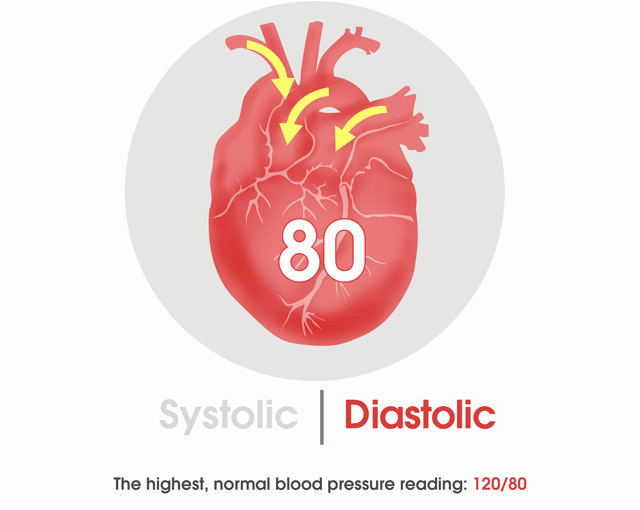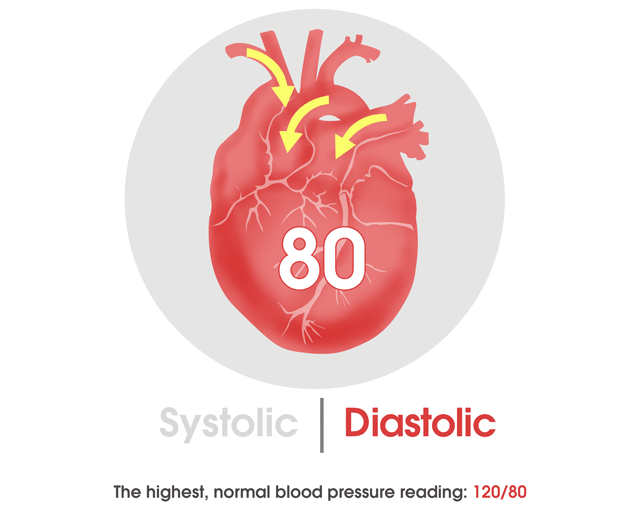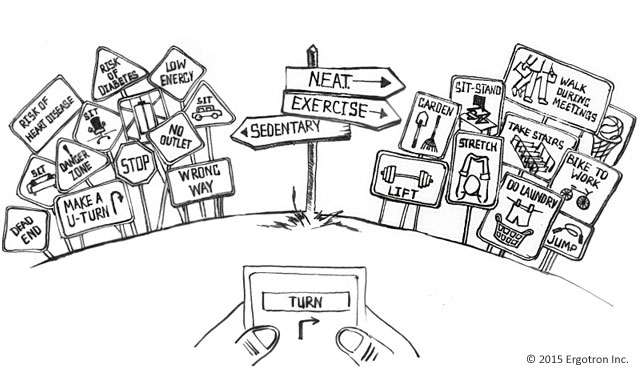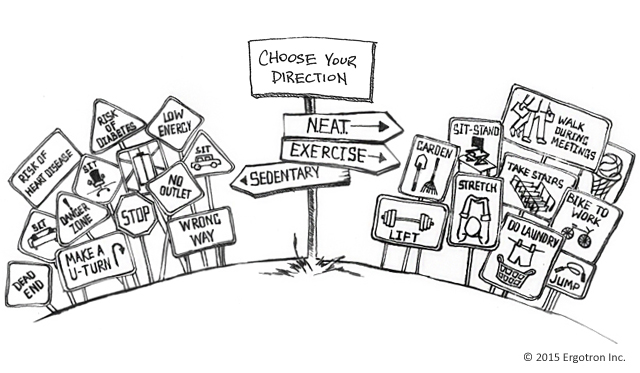
Office culture is quickly becoming a bigger differentiator when it comes to recruitment and retention of employees versus traditional employee benefits. Whether it’s flexible work hours, limitless snacks, free gym memberships or even a nap room, some companies are going to the extreme to increase employee satisfaction. Yet, despite their willingness to get creative, companies are still missing the mark when it comes to one thing in particular that has a huge influence on employee health and happiness: their working environment.
Results from Ergotron’s JustStand Index show that 68 percent of employees must sit all day for their job, with 61 percent reporting that they dislike or even hate having to do it. Eighty-four percent of respondents indicated that they would prefer the ability to sit and stand at will. The level of dislike for prolonged sitting has reached a level where 17 percent of respondents would prefer to give up a vacation day, 15 percent would rather buy the entire office lunch and more than a third (36 percent) would give up access to social media for an entire month.
 The ability to get up and move around while still remaining productive can be a win-win scenario for both employees and employers. Mobility and collaboration have become expected perks in today’s corporate world, as younger employees fear being confined to “cube life.” As a result, employees are beginning to demand more flexible work environments. Our research showed that the average respondent spends more than half of the day (12.3 hours) and nearly three quarters of the average work day (5.8 hours) sitting. Using sit-stand workstations to encourage movement can improve culture and health, helping companies attract and retain top talent – all while enhancing productivity.
The ability to get up and move around while still remaining productive can be a win-win scenario for both employees and employers. Mobility and collaboration have become expected perks in today’s corporate world, as younger employees fear being confined to “cube life.” As a result, employees are beginning to demand more flexible work environments. Our research showed that the average respondent spends more than half of the day (12.3 hours) and nearly three quarters of the average work day (5.8 hours) sitting. Using sit-stand workstations to encourage movement can improve culture and health, helping companies attract and retain top talent – all while enhancing productivity.
How Can You Take a Stand?
A quick and easy way to improve workplace culture is to offer sit-stand workstations. These desks are a step in the right direction for creating a work environment that promotes wellness while addressing one of the major reasons cited when discussing employee unrest or unhappiness. In addition to increasing worker satisfaction, studies suggest that sit-stand solutions may provide some health benefits to employees.
To download the full ebook, please visit: www.juststand.org/JSindex









